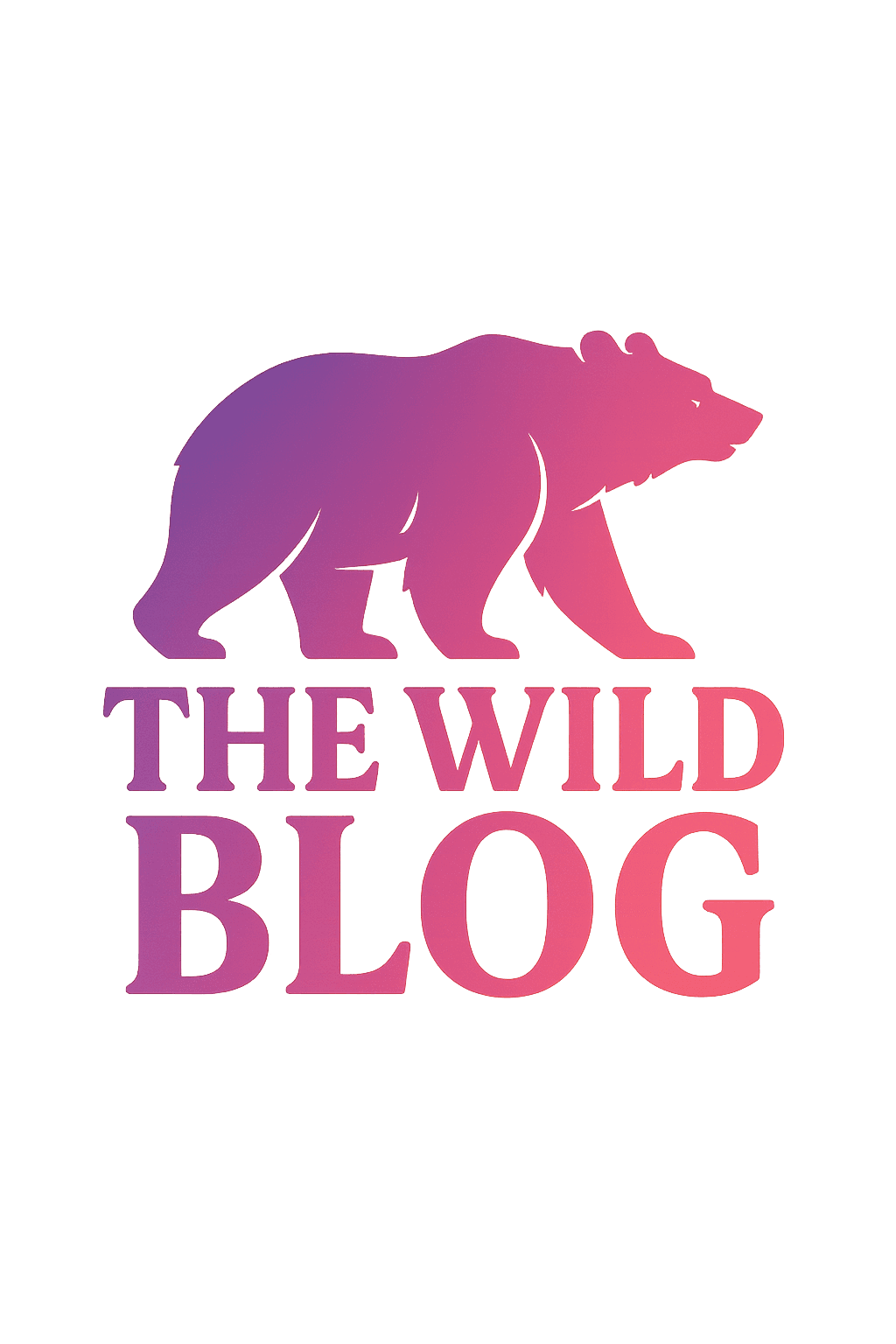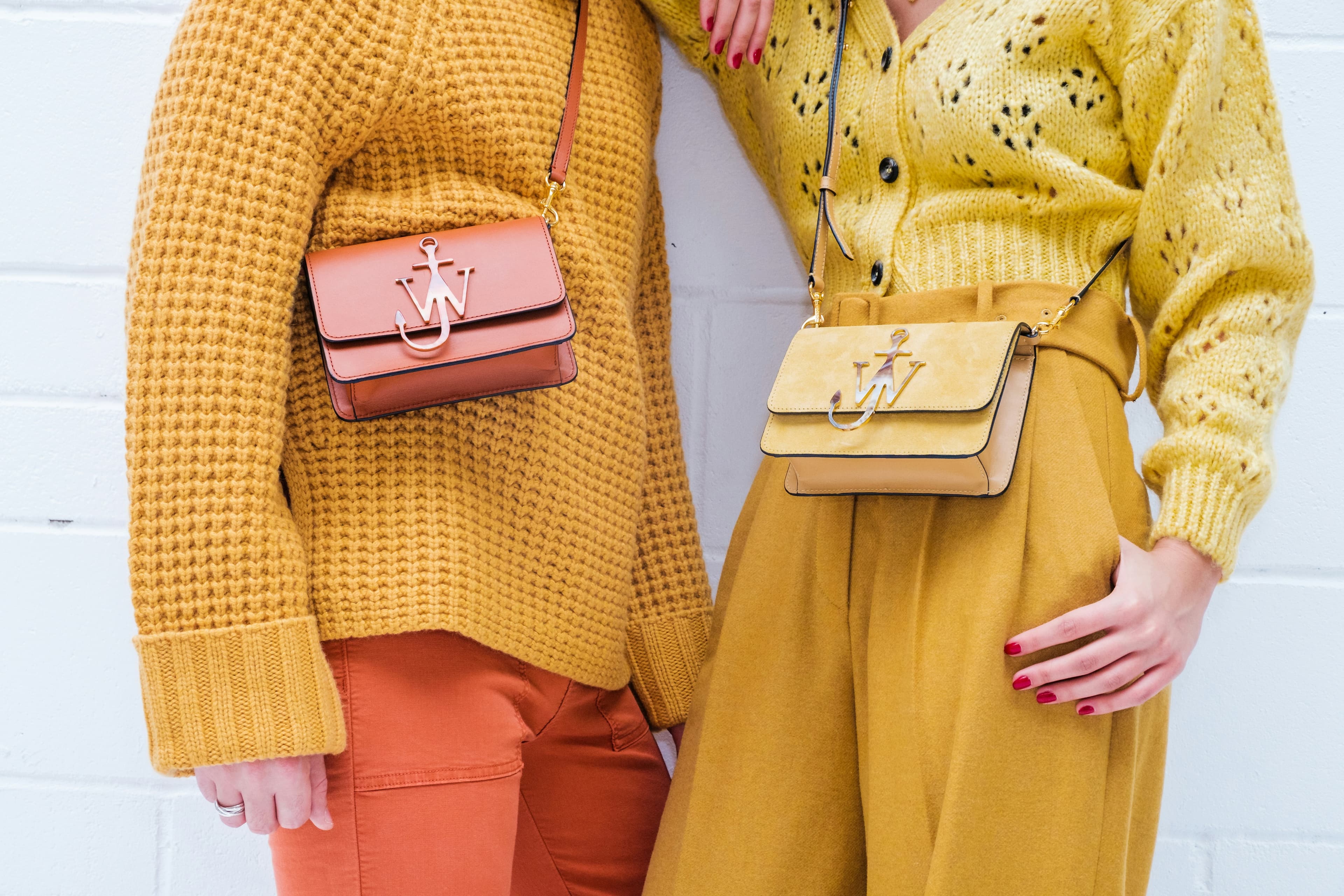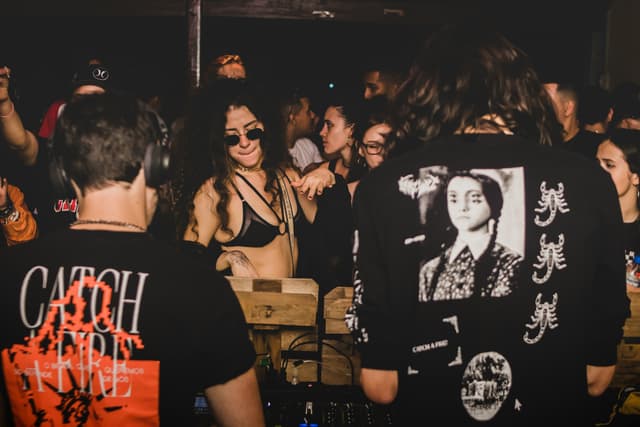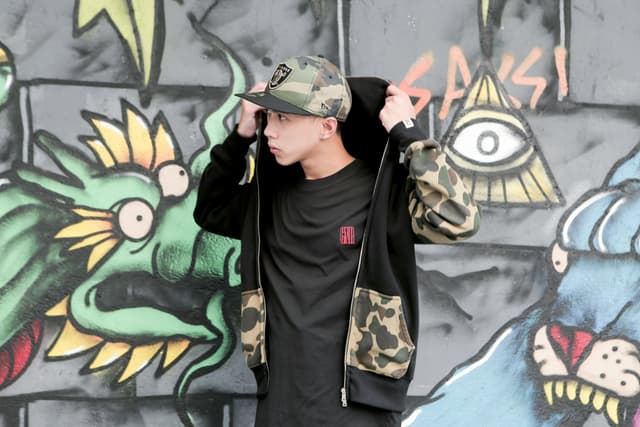Color is one of the most underrated yet powerful tools in fashion. It can affect mood, influence perceptions, and even convey messages without a single word being spoken. Yet, in our fast-paced, trend-driven world, the true power of color is often overlooked. This article explores how color in fashion goes beyond mere aesthetic preference, shaping identity, emotions, and even societal movements in ways that are as impactful as they are subtle.
1. Color as a Psychological Force: More Than Just Hue
Imagine you walk into a room, and the first thing you notice is a deep red dress. You may feel your heart rate quicken or experience a sense of excitement. Or, consider the calm, soothing presence of a soft blue sweater. It brings comfort and relaxation almost instantly. This is no coincidence. The colors we wear affect how we feel and how others perceive us.
Psychologists have long studied the influence of color on human emotions. Red, for example, is often linked to passion, urgency, and strength, while blue is associated with calmness, trustworthiness, and serenity. This connection between color and emotion is powerful enough that many brands use it in their logos and advertisements to provoke a specific response from their audience.
But fashion plays with these associations in unexpected ways. A woman wearing a bold red dress might not just be conveying confidence—she could also be challenging societal expectations, using color as a tool for rebellion or empowerment. A man in a well-tailored navy suit might not only appear authoritative but could also suggest a sense of tradition and reliability. Thus, the psychological impact of color is layered and deeply personal.
2. Color as a Social Identifier: More Than Just Style
While personal emotions and preferences are central to how we choose colors, they are not the only driving factors. Color also plays a significant role in signaling group identity, cultural affiliation, and social status. Over the centuries, colors have come to signify belonging, from the dark blue and black uniforms of prestigious institutions to the neon hues of youth subcultures.
Consider the way certain colors have been appropriated by social movements or cultural groups. The rainbow flag, for instance, is not just a collection of colors but a symbol of LGBTQ+ pride and the fight for equality. The vibrant colors worn during the Black Lives Matter protests serve as a visual statement of resistance and hope. In these instances, the power of color transcends personal style; it becomes a collective expression of identity, unity, and solidarity.
Similarly, in fashion, colors can be an unspoken code for social status. Historically, royal families and aristocrats wore deep purples and golds because these colors were difficult to obtain and reserved for the elite. Today, high fashion often employs exclusive colors or color combinations to distinguish luxury brands from the mass market, making color a symbol of both wealth and exclusivity.
3. The Language of Color: How Fashion Speaks
Fashion, in many ways, is a language. What we wear tells a story—whether it's a casual t-shirt that signifies a laid-back lifestyle or a perfectly tailored suit that communicates professionalism and ambition. But what if fashion could speak more directly through its use of color?
Take the color black, for example. While it’s often associated with sophistication, it also holds a dual role in fashion as a symbol of rebellion. Punk rockers in the 1970s wore black leather jackets and dark makeup not just for aesthetic reasons but to protest the conformity of mainstream culture. Similarly, the black turtleneck, famously worn by Steve Jobs, conveyed innovation, simplicity, and forward-thinking in a minimalist palette.
Contrast that with the vibrant power of yellow in fashion. While it can evoke happiness and optimism, it's also a color that often stands out—designed to draw attention, make a statement, and project confidence. In high fashion, yellow is used less often than other hues, but when it’s employed, it demands a certain presence, a bold declaration that the wearer is unafraid to stand out.
Every color tells a story, a subtext hidden beneath the surface. Fashion designers are keenly aware of this, using color to speak volumes without uttering a single word. They know that a red dress can invoke desire, while a green jacket may evoke a sense of vitality and renewal. As we get more attuned to the language of color in fashion, we begin to notice the messages we’re sending out with our clothing choices.
4. Color and Innovation: The Role of Technology in Fashion’s Future
As we look to the future of fashion, it’s clear that technology will play a major role in how color is used and experienced. From digital fabrics to 3D printing, technology is pushing the boundaries of how we can manipulate color in fashion.
One such innovation is color-changing fabrics, which respond to environmental stimuli like temperature or light. Imagine wearing a jacket that shifts from blue to red as you walk into a new room, or a dress that glows under certain lighting. These advancements are redefining how we interact with color in fashion, offering an unprecedented level of customization and adaptability.
Moreover, AI and augmented reality (AR) are enabling virtual fitting rooms, where we can try on clothes in various colors digitally before committing to a purchase. This not only provides a new level of convenience but also opens up exciting possibilities for experimenting with colors that we might not have considered before. Technology is enabling a future where our relationship with color becomes more dynamic and fluid than ever before.
5. The Sustainable Use of Color in Fashion: Reducing Waste with Conscious Choices
With sustainability becoming a growing concern in the fashion industry, color is playing a part in addressing environmental issues. Brands are starting to use natural dyes and sustainable fabrics, which have a smaller carbon footprint compared to synthetic options. Additionally, color plays a role in making sustainable fashion more appealing to consumers. Eco-conscious buyers may gravitate toward muted, earthy tones that are easier to care for, thus reducing the frequency of washing and extending the lifespan of garments.
The rise of upcycling, where old clothes are dyed and reworked into new creations, also demonstrates how color can breathe new life into pre-loved garments. This practice reduces textile waste while giving second-hand items a fresh, contemporary look. By thinking creatively about how color can be used in sustainable fashion, we can pave the way for a more eco-friendly, circular fashion industry.
6. The Future of Color in Fashion: A Canvas for Creativity and Diversity
Looking ahead, it’s clear that color will continue to be a central theme in fashion. Designers and consumers alike will continue to explore the vast potential of color to communicate, connect, and create. As we embrace a more inclusive, diverse, and conscious approach to fashion, the role of color will be ever more significant in shaping both personal identity and societal movements.
Fashion is a canvas, and color is the paint. Whether it’s through a designer’s collection, the hues chosen by everyday people, or the societal impact of a movement, color has the power to express everything from individuality to unity. In fashion, color isn’t just a visual element; it’s a language, a symbol, and an experience—one that shapes how we see ourselves and the world around us.
Loading...



